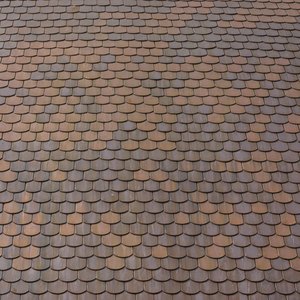
If you've ever been to a real ghost town, you've seen what happens to buildings that don't get periodic upgrades -- they gradually fall down and get swallowed up by the surrounding landscape. Capital expenditures are improvements to rental property that do more than just keep it in good repair -- they extend its life or change its intrinsic nature. The Internal Revenue Service treats them differently from ordinary repairs.
Capital Expenditures
When you do work on your rental property that extends its life, increases its value or changes its purpose, the IRS classes it as a capital expenditure. Capital expenditures such as building an addition to a home or adding a swimming pool are clear. However, the IRS also treats such major expenses as installing a new roof or replacing every window in a building as a capital expenditure since they effectively increase the building's life.
Repairs
The IRS classes work as a repair when it returns the building to the condition it was in before the part or system that was repaired broke. For example, if you replace a broken window or patch a hole in the roof, the IRS would usually allow you to classify it a repair. You can claim the entire cost of a repair as an expense on your tax return in the year that you do the work.
Taxes and Capital Expenditures
While you can expense repairs, you have to depreciate capital expenditures. Since capital expenditures change the nature of your building or its life, the IRS looks at them as having a long-term value. As such, you have to write off the cost of the capital expenditure over its useful life. Usually, the useful life of a capital expenditure on a residential rental is 27.5 years and the life of a capital expenditure on a commercial property is 39 years. This severely limits the tax benefit of doing capital improvements to buildings.
The Grey Zone
Given the disparate tax treatment of repairs and capital expenditures, rental property owners frequently try to claim the cost of work they do on their property as repairs instead of capital expenditures. A grey zone exists between the two. For example, if you replace one window, it's a repair; if you replace all of them, it's a capital expenditure, but if you replace two every year until they're all replaced, it's hard to tell. Also, if you use repairs as opportunities to update components, you can also find yourself in a grey zone. The IRS continually changes its regulations to try to narrow the grey zone and clarify how a given expense should be treated.
2014 CapEx Rules
The IRS' rules for how to determine whether to treat an expenditure as a repair or a capital expenditure change for everyone in 2014. The new rules require you to look at repair costs relative to the value of systems in your building, rather than relative to the cost of your entire building. The new rules may lead to you classifying more repairs as capital expenditures, but you should talk to your accountant to get a better understanding of how they will affect you.
References
Writer Bio
Steve Lander has been a writer since 1996, with experience in the fields of financial services, real estate and technology. His work has appeared in trade publications such as the "Minnesota Real Estate Journal" and "Minnesota Multi-Housing Association Advocate." Lander holds a Bachelor of Arts in political science from Columbia University.

